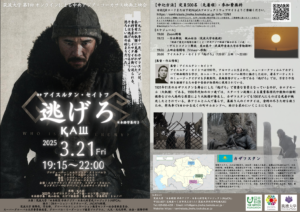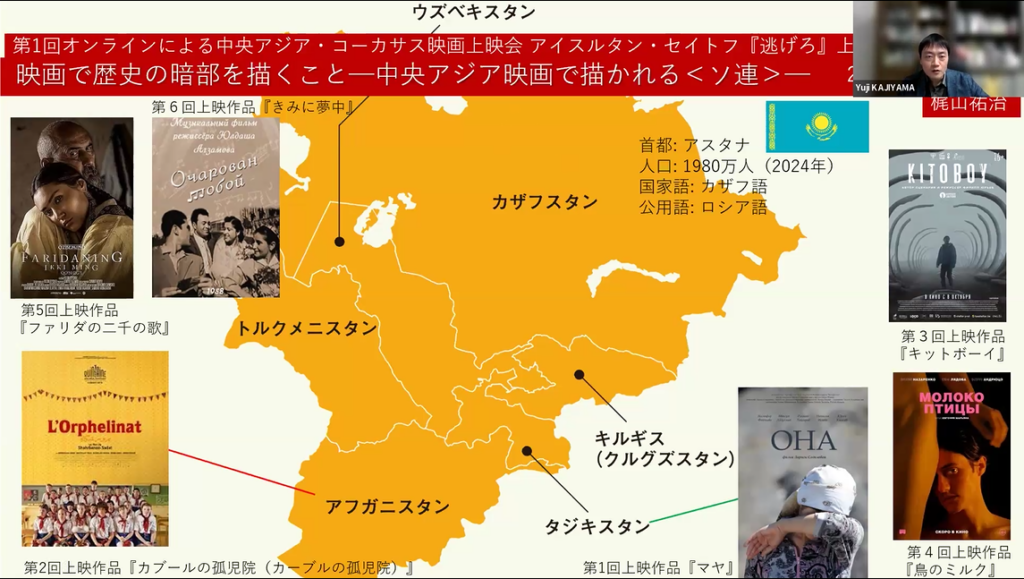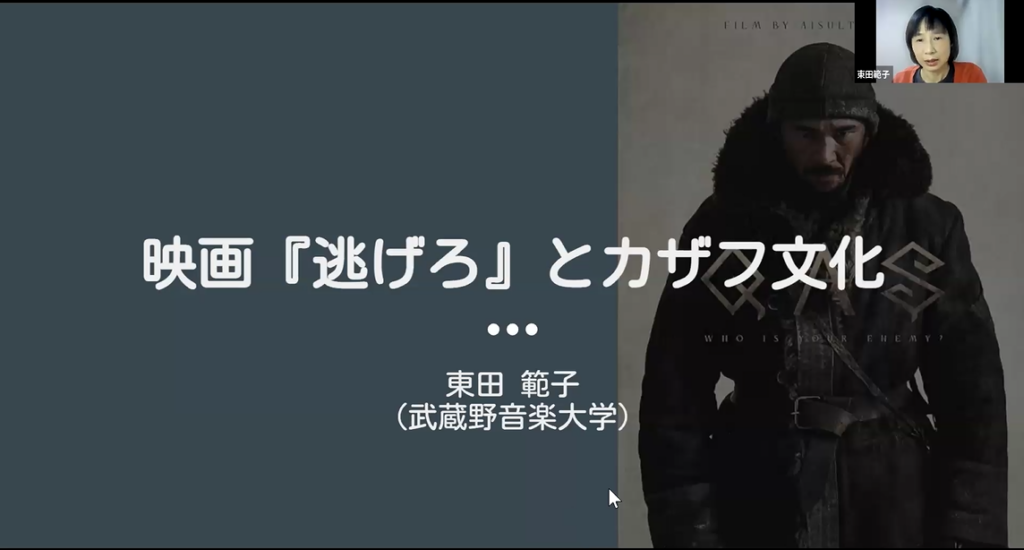On Friday, March 21, 2025, the 1st Online Central Asia and Caucasus Film Screening was held. This is a new project that will introduce films from the region through the new framework of the Central Asia and Caucasus Film Screenings, which will take over the online Russian and Central Asian film screenings that have been held six times so far. For the first time, we screened the film “Qas” (2022) directed by Aisultan Seitov, which was produced in Kazakhstan, the largest film powerhouse in Central Asia, and which has not yet had the opportunity to be featured in any Russian and Central Asian film screenings.
“Qas” is set in a village in southeastern Kazakhstan in November 1931. In the village stricken by the Holodomor (Great Famine), food supplies ran out and many people died of starvation. As a result, Isatai, a gravedigger who knows the road, is sent to a nearby town four days away by wagon to ask for help. However, the surrounding villages were also struck by famine, and the journey was the beginning of a terrifying journey that made him want to run away.
This time, a new approach was implemented where the pre-screening commentary was conducted by two people, aiming to deepen the understanding of the film. First, Associate Professor Kajiyama Yuji, who is also a collaborator of the NipCA project, gave a lecture entitled “Depicting the Dark Side of History through Film: The Soviet Union in Central Asian Cinema”, followed by a lecture entitled “The Film ‛Qas’ and Kazakh Culture” by Higashida Noriko, lecturer at Musashino Academia Musicae. The lecture by Associate Professor Kajiyama, who specializes in Central Asian films, began with an introduction to the latest Kazakh films, and then went on to explain the history of the Holodomor, the fact that a film about the Holodomor was being made in Kazakhstan in the same year as “Qas”, and the significance of depicting the dark side of past history in a film. In the next lecture, Mr. Higashida, an expert on Central Asian music, introduced the instruments used in the film along with their tones, explained the fact that they form a “folklore ensemble”. There was also an explanation about the jetigen, an instrument similar to the koto, and its legend, as well as the Kazakh and Turkic myths that serve as the foundation for the film.
Based on the post-screening survey, the evaluations for this work were consistently high, with many comments expressing how impressed viewers were with the sound and visuals. Among the feedback, there were also voices saying it was the best online screening event so far. Regarding the questions received in the survey, we plan to address and answer as many as possible in the upcoming report scheduled for publication.






